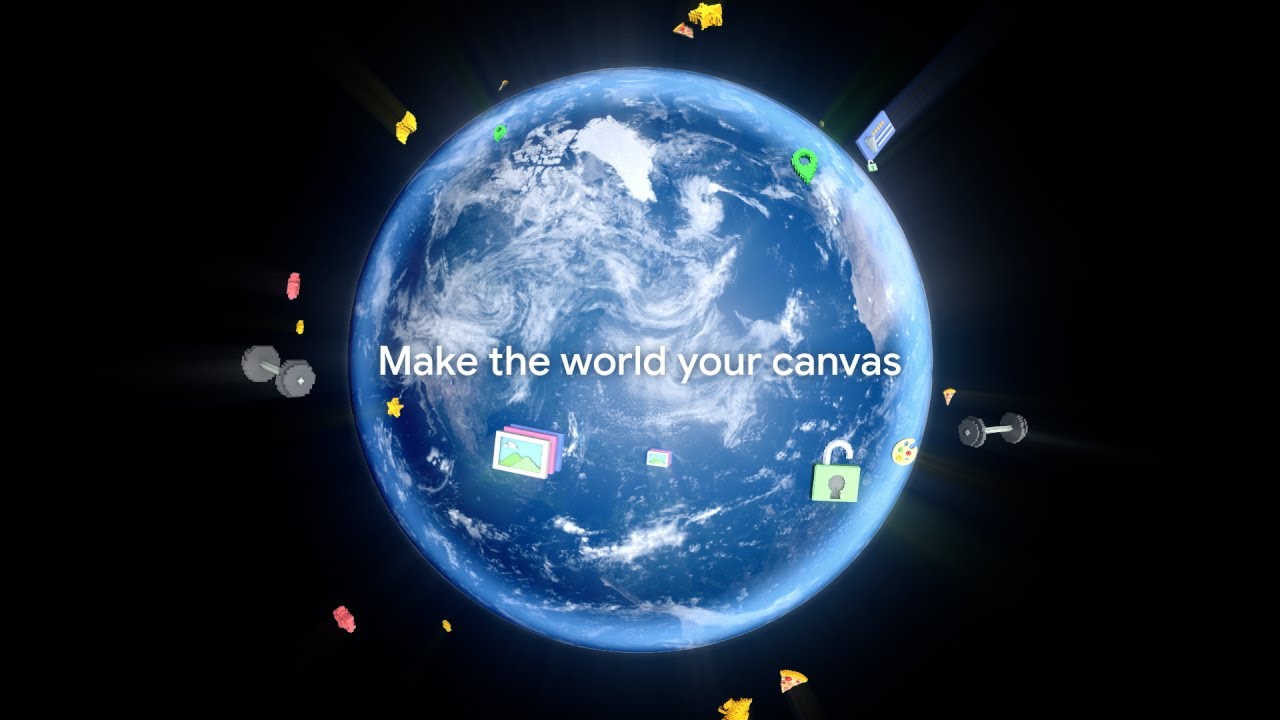
During I/O 2022, Google launched its ARCore Geospatial API to help developers build more immersive, richer, and more useful experiences.
Augmented reality experiences are beginning to gain traction beyond Pokémon Go. Now there are AR apps for making floorplans, seeing how furnishings will look in your home, understanding the world around you, and even getting real-time information about the night sky.
Google showed off enhancements to its own AR solution, Lens, during this year’s I/O keynote. Users will be able to hold their devices up to a store shelf and see customisable information overlaid like ratings, sugar content, or calories.
The company now wants to help developers build the next-generation of AR apps using its almost 15 years of Google Maps knowledge.
Geospatial API provides access to global localization–a technology which has powered Live View in Google Maps since 2019. Developers can use it to anchor content by latitude, longitude and altitude in over 87 countries, without being there or having to scan the physical space, saving significant time and resources.
“Discovering and interacting with AR is faster and more accurate as images from the scanned environment are instantaneously matched against our model of the world,” wrote Google in a blog post.
“This model is built using advanced machine-learning techniques, which extract trillions of 3D points from Street View images that are then used to compute the device position and orientation in less than a second.”
Google says its partners like the NBA, Snap, Lyft, and more have been using the API across various industries for next-generation AR applications.
Micromobility firm Lime has been using the API to help users know when their vehicle is in a valid parking spot. That experience is currently being piloted in London, Paris, Tel Aviv, Bordeaux, Madrid, and San Diego.
Telstra and Accenture are helping sports fans and concertgoers to find their way to their seats and amenities at Marvel Stadium in Melbourne, Australia.
DOCOMO and Curiosity, meanwhile, have built a game where players fend off dragons with robot companions around Tokyo’s landmarks.
Google has released two open-source demos to help developers get started:
- Balloon Pop – Users place balloons in real-time around the world that can be used as targets.
- Pocket Garden – Users can virtually spruce up their neighbourhoods with AR gardens.


The API is available in ARCore SDKs for both Android and iOS and is compatible with all existing ARCore-supported devices.
To get started, head this way.
(Image Credit: Google)

Looking to revamp your digital transformation strategy? Learn more about Digital Transformation Week taking place in Amsterdam, California and London and discover key strategies for making your digital efforts a success






